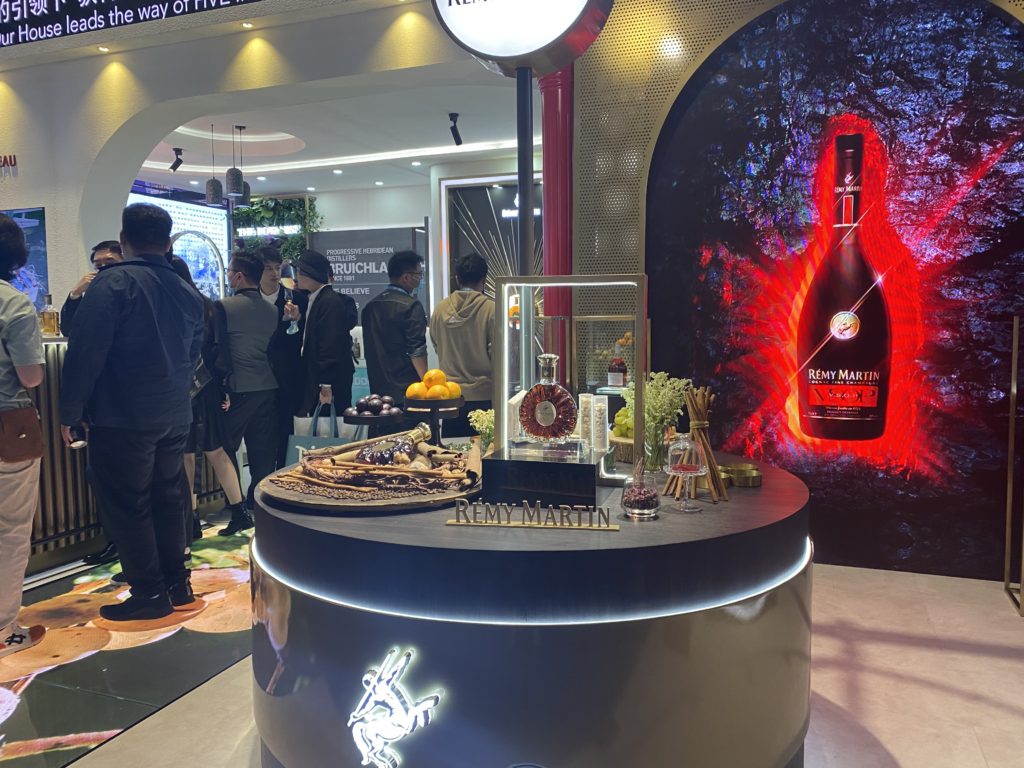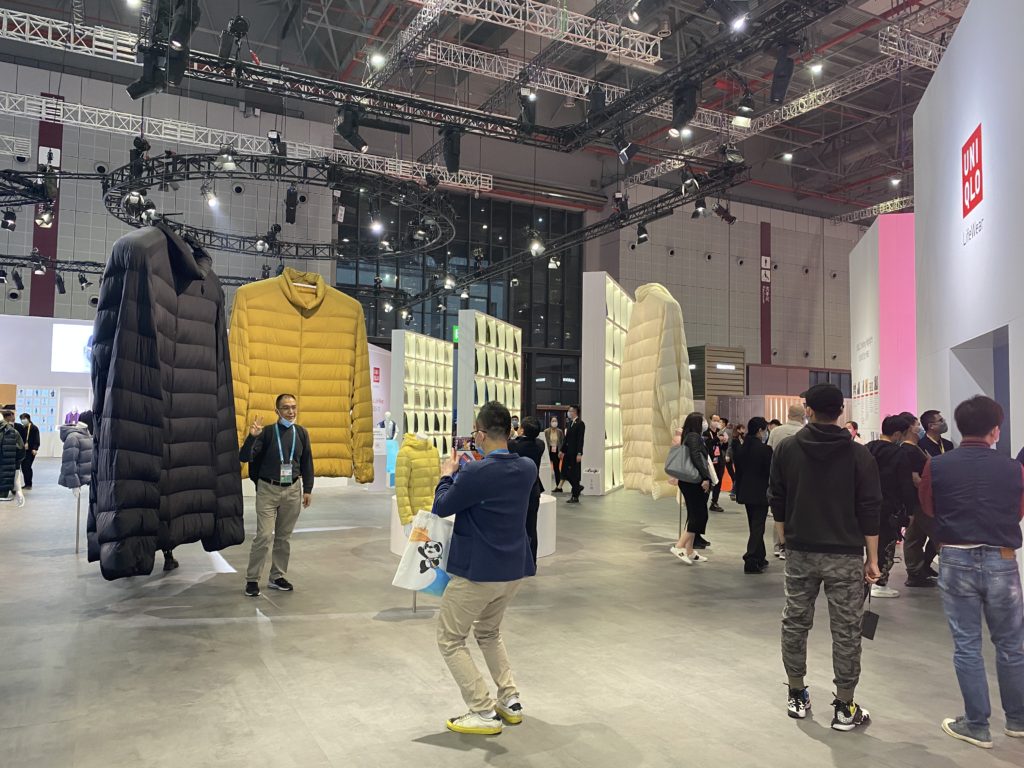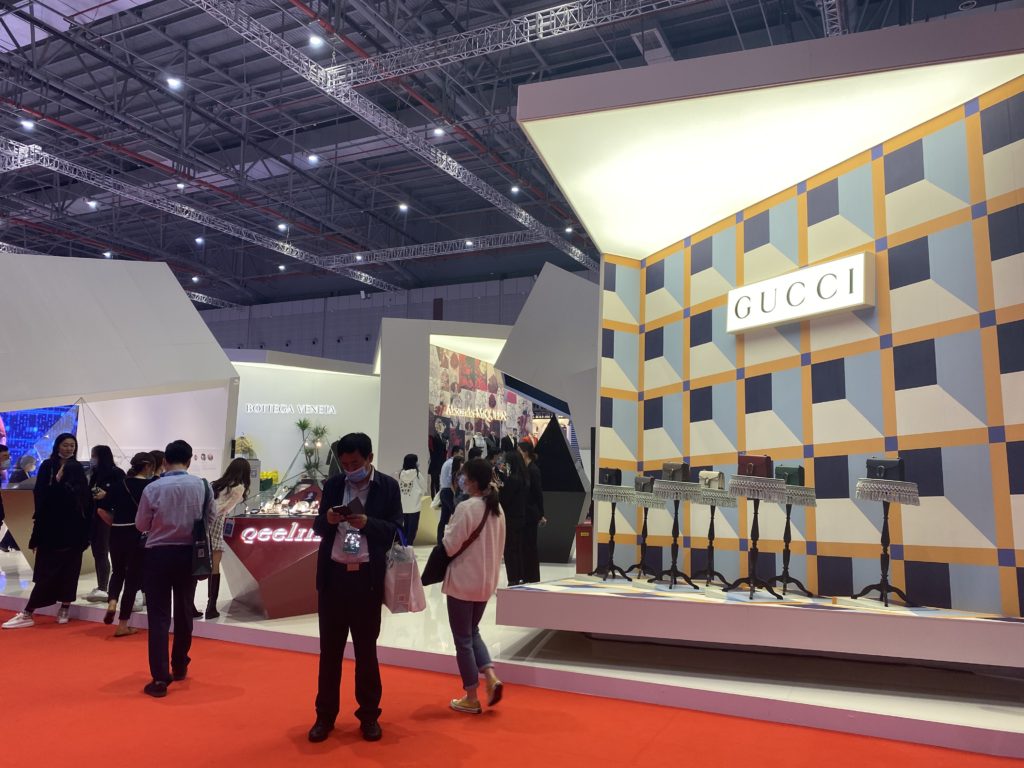Despite the Covid-19 emergency still ongoing in the world, from November 5th to November 10th, the third edition of the China International Import Expo (CIIE) was held in Shanghai. As China is now driving its post-pandemic recovery, the Expo was held as planned with local authorities taking a slew of anti-epidemic measures to ensure the safety of attendees. The trade fair featuring exhibitions of multiple countries and businesses held annually was one of the biggest and most important commercial events in China. Working in the corporate communications team, I am actually not an expert at exhibitions and trade shows. So this is not a guide but more like a reflection after participating in this national event for the second time. Below are some of my key takeaways:
Set clear and trackable KPI
For big event and trade fair, company senior leaders always have their expectations, it’s critical that marketers and communicators engage internal key stakeholders to align clear KPIs beforehand. Someone may raise questions on set tangible KPIs, as they may find it challenging to align a target that key business leaders will buy in. I would recommend a CRM mechanism to capture contact details and track leads conversions with revenue generation if possible. Making it visible as part of the key achievements of the wrap-up report will be a good idea.
Booth design, social currency and it’s not only about the booth
With “self-sharing”mindset and popularity of selfie on social media, people intend to share things they experience which make them look good and smart(Berger, 2013). It’s always beneficial to consider how to give the social currency to people and make them as an insider to be cool. There are many cases I saw with fabulous look and feel and interactive design in the recent expo, which made people post their photos and talk about the brand on social media.
While having a branded, unique, and eye-catching exhibition space is essential, it’s not only about the design that makes yourself stand out among a crowd. It’s the key concept and strategy informed by the brand value proposition that is going to make everything unique. The key concept will need to guide everything including the look and feel, messaging, promotional material, etc.
Brand ambassadors
Engage key stakeholders (industry KOLs, social KOLs and senior business leaders) as your brand ambassadors is the key. They are the key person to be leveraged as “chief Communications Officer” of the brand and to maximize media exposure during the event. I think it’s critical to bring them in front of the media to talk about your products, insights and business that is aligned with brand strategy and poisoning. External KOLs endorsement carries strong weight.
Marketing your marketing projects
Putting together nice and clear wrap-up reports and presentations to demonstrate key achievements means a lot to the success of the whole project. It’s also a smart approach to have various reports tailor-made with different formats and content to meet the needs of engaging different stakeholders.
Berger, J. (2013). Contagious : why things catch on (1st Simon & Schuster hardcover ed.). Simon & Schuster.


















